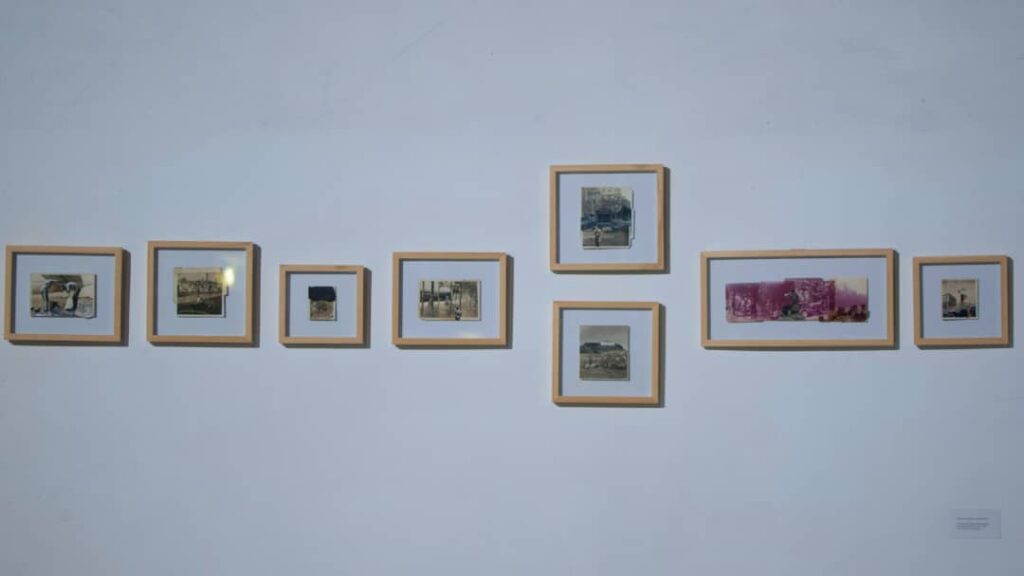The Visual Effect of a Requiem

Who are we? Where do we come from? Where are we headed? Three essential questions of human existence are recreated in the collective exhibition Réquiem, open to the public since Thursday, January 12, at the Arco de Belen space in Havana’s Historic Center.
The aura breathed in the gallery space is present in its title because the requiem is a prayer prayed in masses for the deceased. In Arco de Belén, we find paintings, photographs, video art, installations, and even performances; all connected by a common idea: the concept of what was but is no longer.
The curatorial script of the exhibition is undoubtedly masterful, representing a theme from the standpoint of 17 artists, and provides an aesthetic richness that manages to capture a diverse audience. It is precisely the interplay with different audiences, another of the exhibition’s successes, as it merges works by visual artists already established in the Cuban art circuit and the languages of emerging artists.

Literature was also another of the event’s attractions. The works coexisted with poetic fragments by literary figures such as Fajad Jamís, Alberto Acosta-Pérez, José Lezama Lima, and Virgilio Piñera. Each phrase becomes a luxury wild card, characterized by citing what is corroded, what is lost, and what is dead.
Shattered glass, forgotten buildings, broken concrete, abortion, and the remains of consumable objects accompany viewers during their stay in the gallery. Réquiem assumes the death of the species and that of things from the same perspective, showing that every loss will be conditioning the emotional balance of the human construction.
The executive part of the event also wins applause on the opening day and, in a sweet way, combines the tragic content of the exhibition with a playful atmosphere. There was no shortage of good music, lights, and spectacle. All very well premeditated: on the one hand, an ode to life; on the other, death lurking, but there is no noise, no contrast, nothing is here for the sake of it; everything acquires its own meaning.

Translated by Luis E. Amador Dominguez



